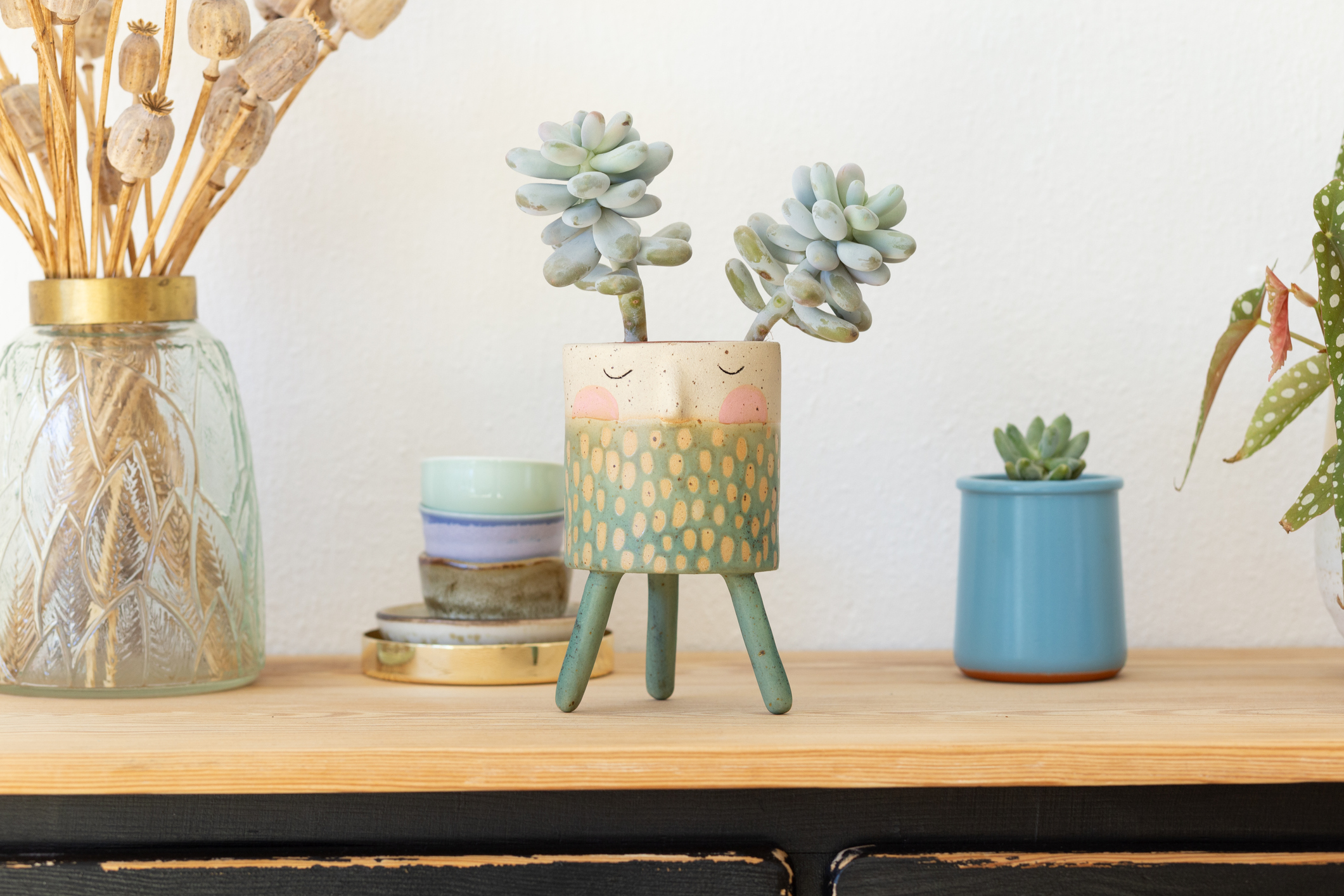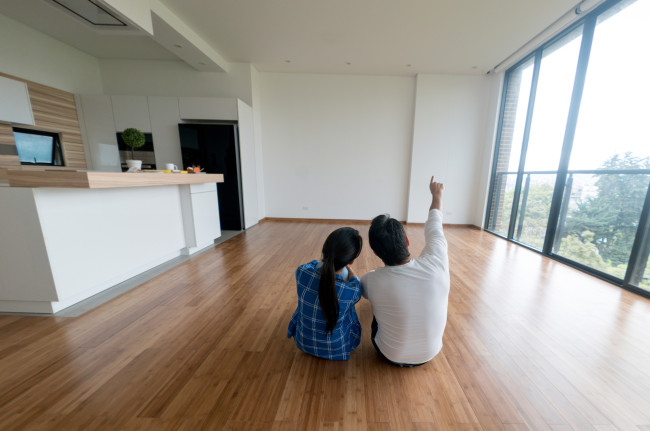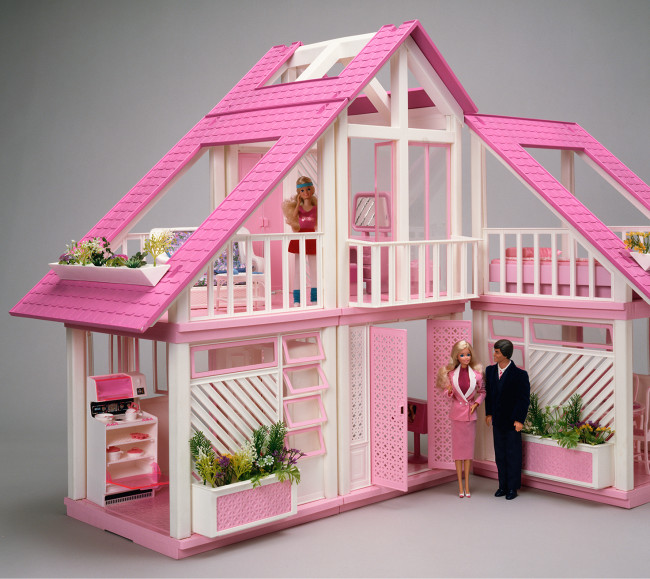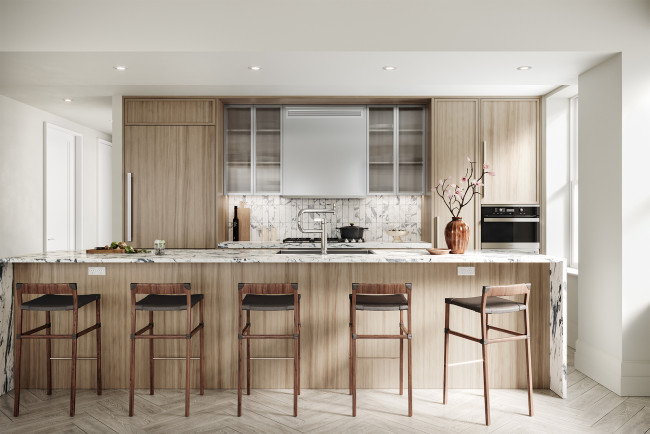3 interior design trends to help you decorate your NYC apartment in 2024
- Minimalism is dead. Long live the kitsch, the colorful, the personal pieces that make a room feel like home
- Designers are focusing on making spaces that can be used for multiple purposes, from a home office to a gym
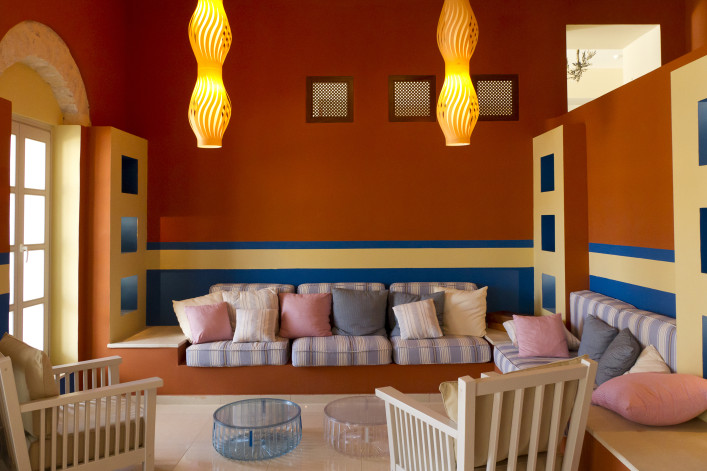
Make 2024 the year you get colorful with your renovation.
iStock
Barbiecore. Maximalism. Cluttercore. These design trends helped define 2023, but what’s in store for 2024?
If you’ve been itching to renovate your apartment, you may want to know what’s on trend before you put down some serious cash on a new coat of paint. Luckily, designers today are more focused on spaces that fit their clients needs in the long term, according to panelists at New York Build’s Nov. 14th panel on residential interior design trends.
“If this is your quirk we’re gonna rock with that,” says Camia Brown, the founder of Camia Brown Interiors. “We’re not doing the trendy thing, we’re doing the you thing.”
This year, the “you thing” might mean centering artwork from a family member, experimenting with bold colors, or focusing on flexible spaces that aren’t limited to just one use. Read on for three trends defining design in 2024.
Big colors, bigger centerpieces
Minimalism is dead. Long live experimenting with maximalism.
Plenty of people can see someone use bright colors—say hot pink for example—but never see themselves embracing it, Brown says. Part of her job is helping clients get over that fear.
“I’m a color-forward designer,” Brown says. “I give people permission to think about what this space would look like in color.”
Maybe you have an oddity you want to display in your apartment as a centerpiece, and acid green happens to look great behind it. Or you may want to “start with an extraordinary color” and then build on it, says Tim Button, partner and cofounder of Stedila Design.
Either way, emphasizing bright colors in your space is less of a trend, and more a sign of good taste to Button.
“Some say this is a trend,” Button says. “Well it's always looked good this way, and what we see now is people are comfortable with color.”
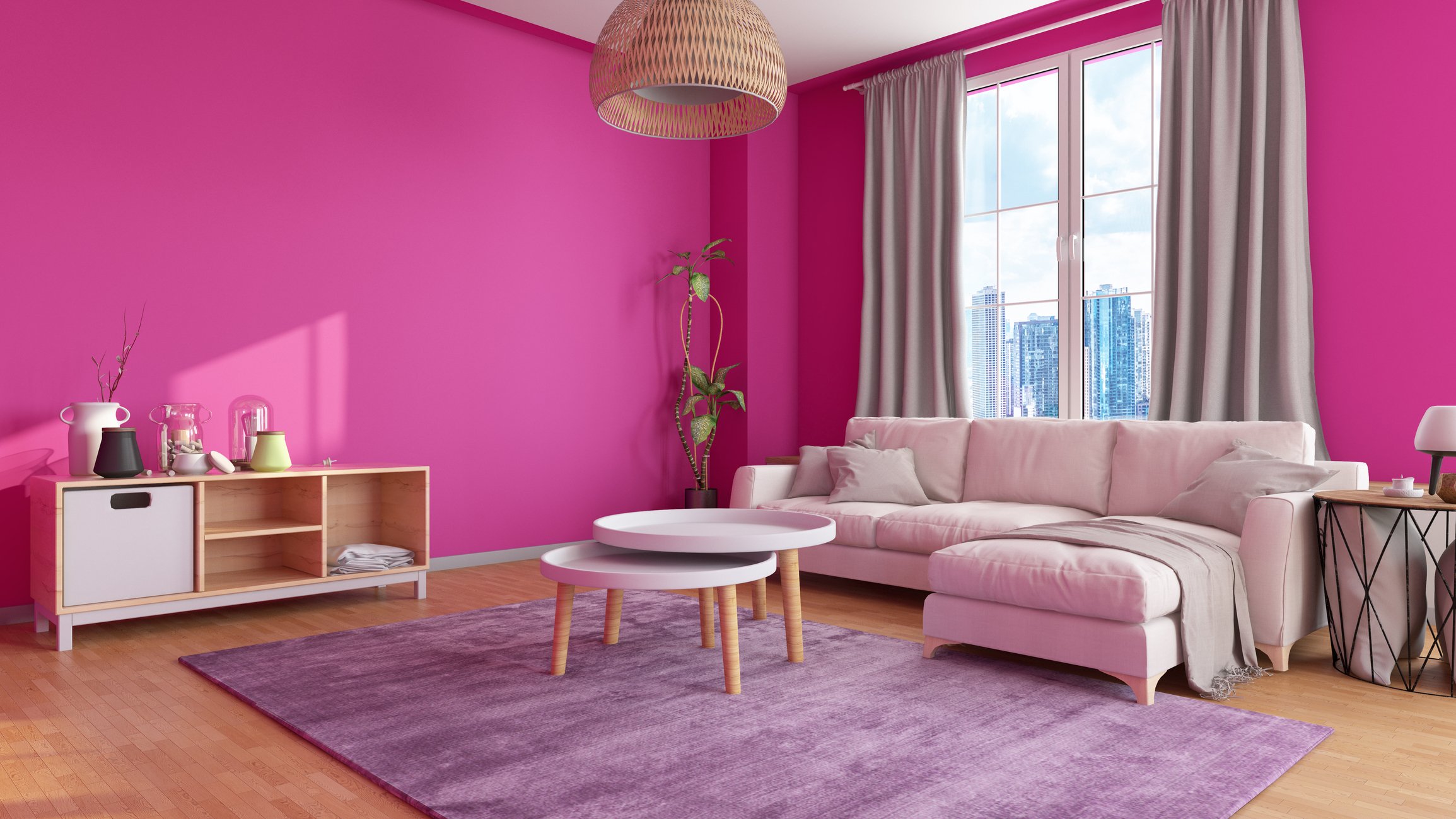
Warm, sustainable spaces
Before the pandemic, your living room was just a living room. But today, it might have turned into some amalgamation of a home office, den, and yoga studio.
Interior designers have been trying to make spaces amenable to more than one use since the pandemic, and that trend is unlikely to change in 2024, says Rion Philbin, a design architect with Perkins Eastman.
“We're seeing across the board that programs are starting to mix: The home is also a place for work, early education, and sometimes health and wellness,” Philbin says. “We’re seeing a higher demand from the clients for healthy spaces and flexible spaces.”
Designers are also more focused on making apartments feel warm and inviting, Sara Jazayeri, principal at architecture and interior design firm Studio 360, says. That can come from using warmer, earthy colors or highlighting personal elements.
“You want a space to feel like it's your grandmother hugging you,” Jazayeri says. “When you go to a beautiful space that's very well designed, but it doesn't have a soul, … it doesn't feel cozy.”
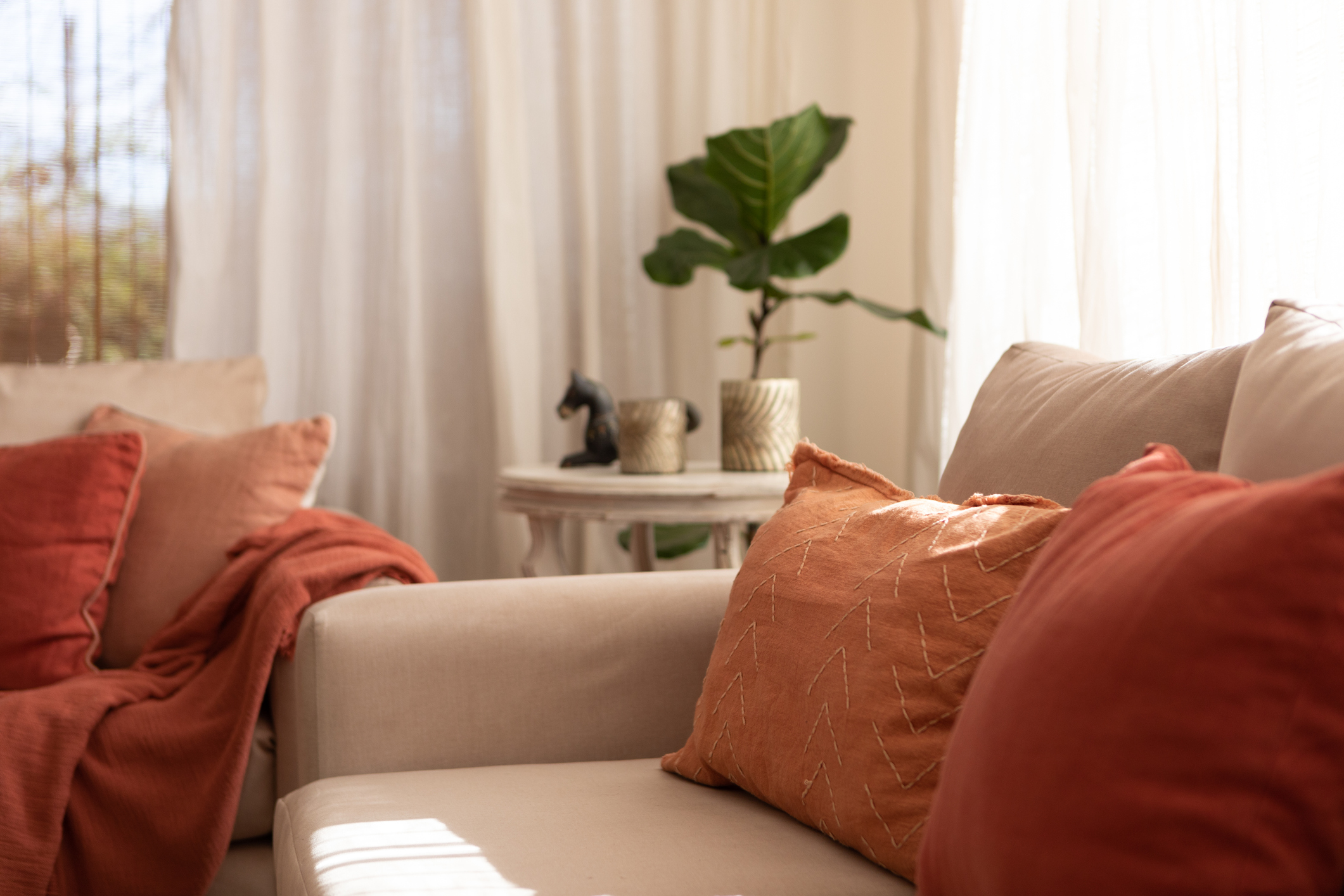
Adding a personal touch
Sometimes to make a space feel cozy, you have to make it feel personal. To Button and Brown, that means highlighting personal pieces like artwork and furniture.
“Maybe you’re highlighting your grandmother’s pottery, whereas before you might have tucked it away,” Brown says. “I see that now influencing the way that we are designing for our clients.”
To Philbin, making a space personal usually means designing it around an individual’s needs.
“A lot of my design process revolves around the user’s experience,” Philbin says. “More often than looking for a trend or color, I’m looking for a timeless product.”
The most important step is listening to the client, says Susan Link, a senior architect at Curtis + Ginsberg Architects who focuses on designing affordable housing. Making subsidized housing warm and inviting for residents often comes from talking with tenants, or using their own designs in the lobbies.
“Some of our affordable housing clients have artists that live in their building and we’ve decided to celebrate those artists,” Link says. “It’s a different take on artisanal and soul but it’s still very meaningful to them.”
